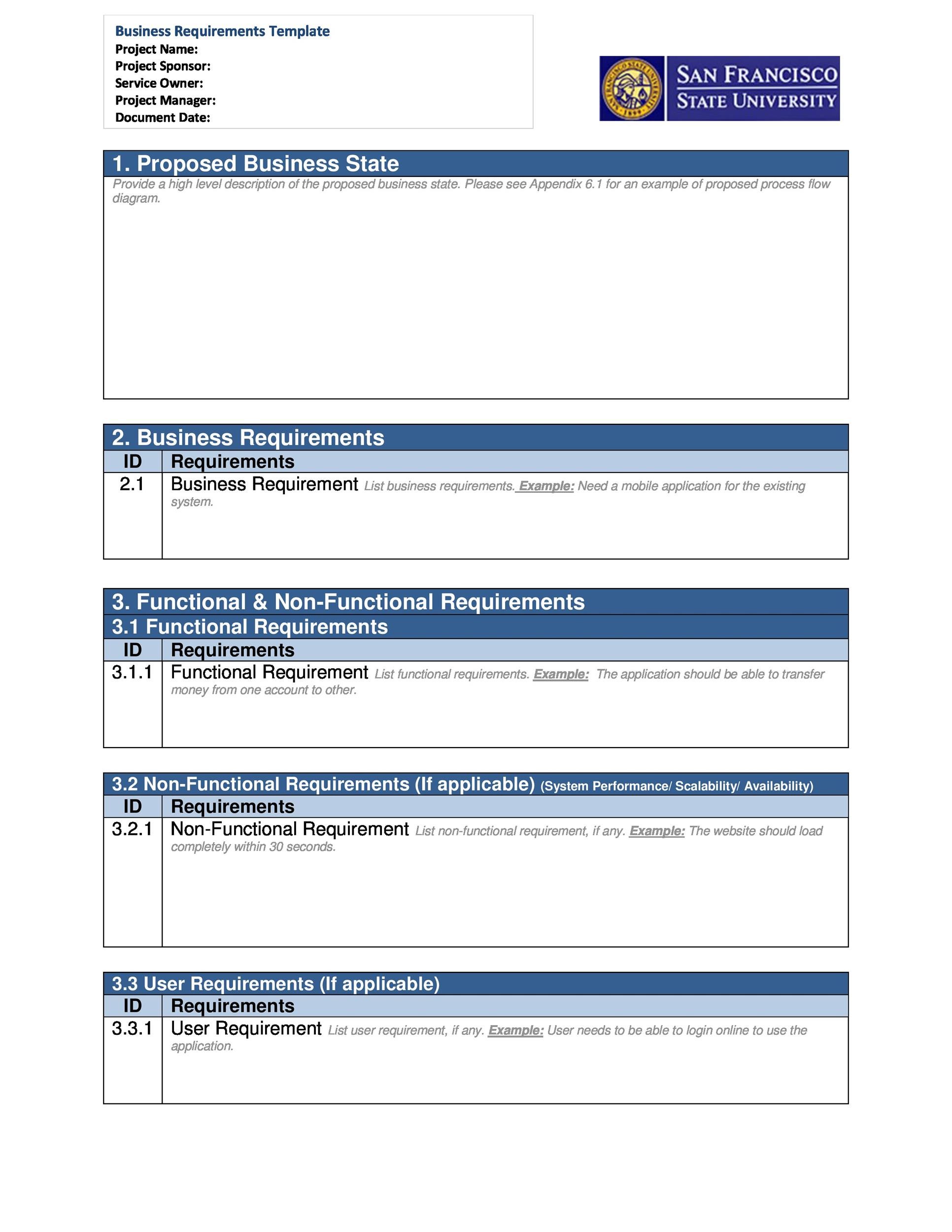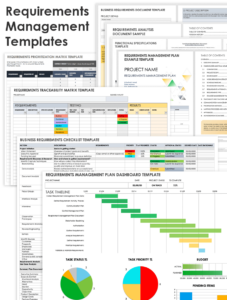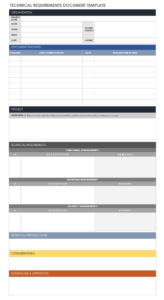A high level requirements document template serves as a starting point for documenting the essential requirements of a project. It provides a structured framework to capture the project’s goals, scope, and constraints. By using a template, you can ensure that all relevant information is included in a systematic format.

Understanding the High Level Requirements Document
The high level requirements document is a critical artifact in project management. It defines the project’s purpose, objectives, and deliverables. It serves as a foundation for all subsequent project planning and execution activities. A well-written requirements document ensures that all stakeholders have a clear understanding of the project’s expectations and reduces the risk of misunderstandings and costly changes later on.
The high level requirements document typically includes the following sections:
- Project Overview: Provides a summary of the project, its goals, and the business case.
- Scope: Defines the boundaries of the project, including what is and is not included.
- Stakeholders: Identifies the individuals or groups who are affected by or have an interest in the project.
- Requirements: Lists the high-level functional and non-functional requirements of the project.
- Constraints: Documents any limitations or restrictions that may impact the project.
- Assumptions: Captures any assumptions made about the project.
Using a High Level Requirements Document Template
Using a high level requirements document template can streamline the requirements gathering and documentation process. It provides a pre-defined structure and prompts that guide the team in capturing all necessary information. By following the template, project managers can ensure that the requirements document is complete, consistent, and aligned with the project’s objectives.
There are various high level requirements document templates available online. These templates can be customized to fit the specific needs of the project and organization. By leveraging a template, teams can save time and effort in developing the requirements document and focus on more substantial project aspects.
Conclusion
A high level requirements document template is an invaluable tool for project management. It provides a systematic approach to documenting the essential requirements of a project and ensures that all relevant information is captured in a structured format. By using a template, project managers can streamline the requirements gathering and documentation process, reduce the risk of misunderstandings, and lay a solid foundation for successful project execution.
Remember, the high level requirements document is a living document that should be continuously updated as the project progresses. By maintaining an up-to-date requirements document, project managers can ensure that the project remains aligned with its goals and stakeholders’ expectations throughout its lifecycle.


